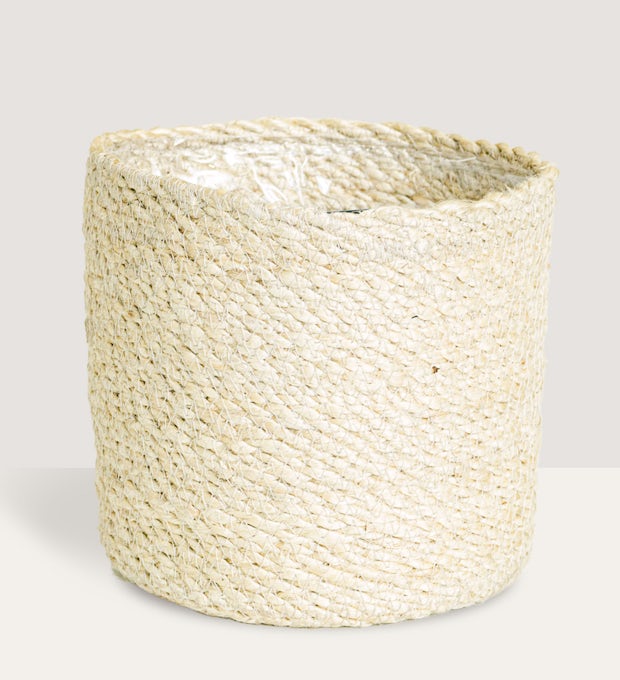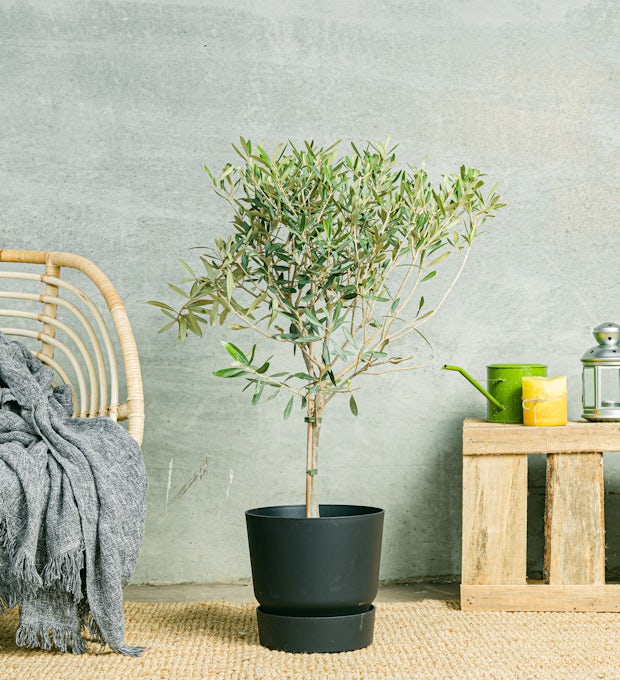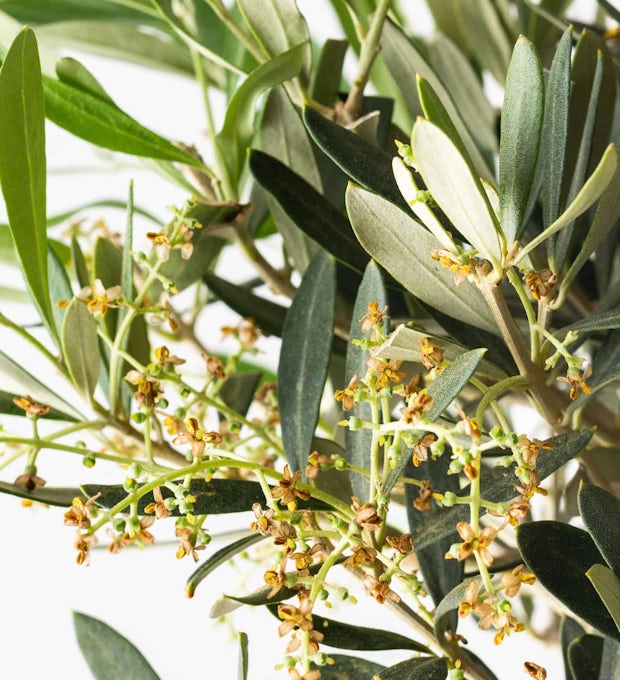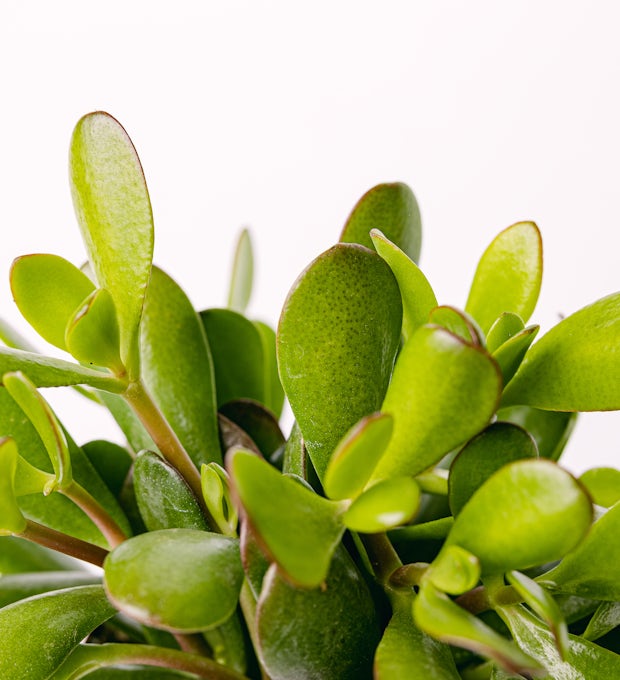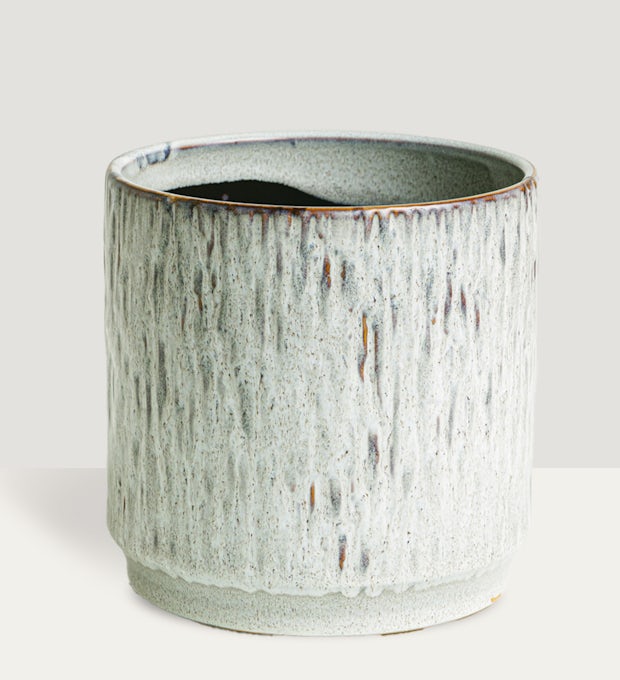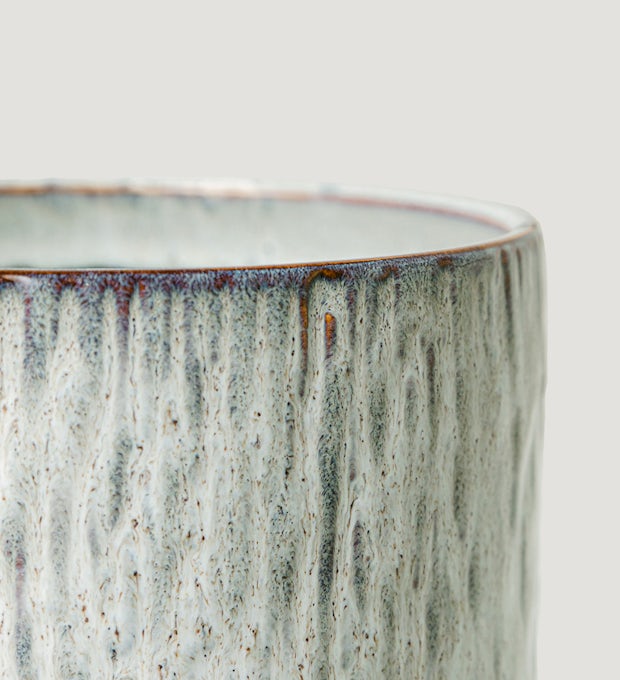Attention nature lovers and environmental defenders! Today I bring you an exciting topic that invites us to reflect on our responsibility to the planet. In this article, we will explore the fascinating world of local plants and how their use can contribute to sustainability and environmental protection. We will discover the economic and social benefits of using these species in urban gardening, as well as their crucial role in mitigating climate change. We will also look at how we can encourage its use in landscape design and how companies can commit to this commitment to nature. Get ready to dive into a green journey full of inspiration and environmental awareness!
The Power of Local Plants in Preserving the Environment
Local plants have incredible power when it comes to preserving our environment. They are the true champions of sustainability and environmental responsibility. These native plants are perfectly adapted to the conditions of their environment, which means they require less water, fertilizers, and pesticides to grow and thrive. By using local plants in our gardens and landscapes, we are reducing the need for harmful chemicals and minimizing our ecological footprint. In addition, these plants offer shelter and food for local wildlife, thus promoting biodiversity in our communities. Not only that, but they also help fight climate change by absorbing carbon dioxide and releasing oxygen. It's amazing! By choosing local plants, we are making a conscious decision to protect and preserve our land. We are demonstrating our commitment to caring for the environment and leaving a sustainable legacy for future generations. So, the next time you're thinking about beautifying your garden or green space, consider the power of local plants. Not only will you be creating a beautiful environment, but you'll also be making a real difference in preserving the environment.
Economic and Social Benefits of Using Local Plants
When it comes to using local plants in our landscapes, the economic and social benefits are undeniable. First, using local plants can help reduce the costs of maintaining gardens and green spaces. These plants are adapted to the region's climate and soil conditions, meaning they require less water, fertilizers, and pesticides to thrive. Not only does this save money, but it also reduces the environmental impact of our gardening practices.
In addition, the use of local plants fosters diversity and preserves the cultural traditions of a region. By incorporating native species into our landscapes, we are promoting the conservation of local flora and protecting endangered species. Not only does this contribute to biodiversity, but it also allows communities to maintain their traditional knowledge about the use of medicinal plants and food.
In social terms, the use of local plants can generate employment and strengthen the local economy. The production and sale of native plants creates job opportunities for local farmers and nurseries, which in turn boosts the economic development of communities. In addition, by using local plants in urban gardening, we are beautifying our public spaces and improving the quality of life for residents by creating healthier and more attractive environments.
In short, the economic and social benefits of using local plants are innumerable. Not only do they help us save money and reduce our environmental impact, but they also promote cultural preservation and generate employment in our communities. It's time to bet on sustainability and environmental responsibility through the use of local plants in our landscapes.
We ship plants to all locations, you can see more options here.
Local Plants: A sustainable solution for Urban Gardening
Urban gardening is a growing trend that seeks to fill our cities with green and life. However, in many cases, this practice has been based on the importation of exotic plants, which can have a negative impact on the environment. This is where local plants come into play, a sustainable solution for urban gardening. These native plants are perfectly adapted to the climatic and soil conditions of our region, making them more resilient and less dependent on fertilizers and pesticides. In addition, by using local plants, we are preserving biodiversity and avoiding the introduction of invasive species that can displace native ones. But they don't just benefit the environment, they also have a positive impact on our quality of life. Local plants provide shelter and food for local wildlife, such as birds and butterflies, thus contributing to maintaining the ecological balance in our cities. In addition, its natural beauty and uniqueness connects us with our surroundings and gives us a sense of belonging and rootedness. In short, betting on local plants in urban gardening is a smart and responsible decision that allows us to enjoy vibrant and healthy green spaces, while contributing to sustainability and environmental protection.
We ship plants to all locations, you can see more options here.
The Importance of Conserving and Protecting Native Plant Species
The importance of conserving and protecting native plant species is essential to ensure the survival of our natural environment. These plants are an integral part of local ecosystems and play a crucial role in environmental balance. By preserving native species, we are protecting biodiversity and ensuring the continuity of the services they provide us, such as air purification, climate regulation, and soil conservation.
In addition, native plants are adapted to the specific conditions of each region, allowing them to better resist diseases and climate changes. By using these species in our gardens and landscapes, we are promoting long-term resilience and sustainability.
The conservation of native plant species also has a positive impact on the local fauna. Many animals depend on these plants for food, shelter, and reproduction. By protecting native species, we are preserving the natural habitat of many species and helping to maintain the balance of ecosystems.
It is the responsibility of all of us to take steps to conserve and protect these plants. We can do this by supporting reforestation initiatives with native species, preventing the introduction of invasive species into our gardens, and learning about plants native to our region. Only through our conscious and committed action can we ensure a sustainable future for our native plant species and for the environment in general.
The Role of Local Plants in Climate Change Mitigation
Local plants play a crucial role in mitigating climate change. They are true green heroes who help us combat the devastating effects of this global phenomenon. These native plants are adapted to the climate and soil of the region, which makes them more resistant to extreme conditions. Its ability to capture and store carbon is impressive, helping to reduce carbon dioxide levels in the atmosphere. In addition, these plants also act as regulators of the local climate, providing shade, reducing ambient temperature, and improving air quality.
By preserving and promoting the use of local plants, we are contributing directly to the fight against climate change. Not only are we protecting and conserving unique and endangered plant species, but we are also fostering biodiversity and restoring natural ecosystems. By using native plants in our gardens and streetscapes, we are creating more sustainable and resilient green spaces.
In addition to their environmental benefits, local plants also have a positive impact on our health and well-being. Simply being surrounded by native vegetation can have calming and therapeutic effects on our minds and bodies. It connects us to nature and helps us feel part of something bigger.
In short, local plants are a powerful tool in the fight against climate change. They are our allies in the search for sustainable and environmentally responsible solutions. We must value and promote their use, both at the individual and business level, to ensure a greener and healthier future for all.
How to Encourage the Use of Local Plants in Landscape Design
Have you ever wondered how you can contribute to the preservation of the environment and the beauty of your surroundings? A simple and effective way is by encouraging the use of local plants in landscape design. Why? Because local plants are adapted to the climatic conditions and soil of the region, which means they require less water, less fertilizer, and fewer pesticides to survive. Plus, by using local plants, you're promoting biodiversity and protecting native plant species, many of which are endangered.
But how can you do that? First, do your research on the plants native to your area and learn about their characteristics and needs. Then, look for nurseries or specialty stores that offer local plants. If you can't find options near you, consider participating in conservation or reforestation programs where you can source seeds or seedlings from native plants.
Once you have your local plants, use your creativity to incorporate them into your garden or outdoor design. You can combine different species to create a varied and attractive landscape. Also remember to consider the structure and size of the plants to achieve a balanced distribution.
Don't underestimate the impact that using local plants can have on landscape design. Not only will you be beautifying your environment, but you will also be contributing to the conservation of the environment and the well-being of native plant species. So go ahead and use local plants and be part of the change towards a more sustainable world!
The commitment of companies to the use of local plants
Companies are becoming aware of the importance of using local plants in their projects and operations, as a way to contribute to sustainability and environmental responsibility. More and more companies are committed to this practice, understanding that the use of native plant species not only benefits the environment, but also generates a positive impact on their corporate image. Using local plants in the design of corporate landscapes and gardens demonstrates a real commitment to the conservation of biodiversity and the care of the environment. In addition, these plants are better adapted to the climatic and soil conditions of the region, reducing the need to use chemicals and fertilizers, thus decreasing the negative impact on the ecosystem. This commitment not only involves choosing local plants, but also promoting their cultivation and reproduction in their own nurseries or in collaboration with specialized organizations. In this way, companies can actively contribute to the conservation of native plant species and ensure their long-term availability. It is inspiring to see how companies are joining this commitment to sustainability and environmental responsibility, demonstrating that it is possible to combine business success with caring for the planet.
Local plants are a solid commitment to sustainability and environmental responsibility. Its power to preserve the environment, its economic and social benefits, its role in mitigating climate change and its importance in the conservation of native species are compelling reasons to encourage its use in landscape design and urban gardening. However, much remains to be done to promote its use on a massive scale. It is necessary for companies to be actively engaged in this cause, adopting policies and practices that encourage the use of local plants. It is also essential to raise awareness about the benefits of these plants and educate on the importance of conserving and protecting our native plant species. Only in this way will we be able to create a more sustainable and responsible environment with our natural environment. What can each of us do to promote the use of local plants in our community?
